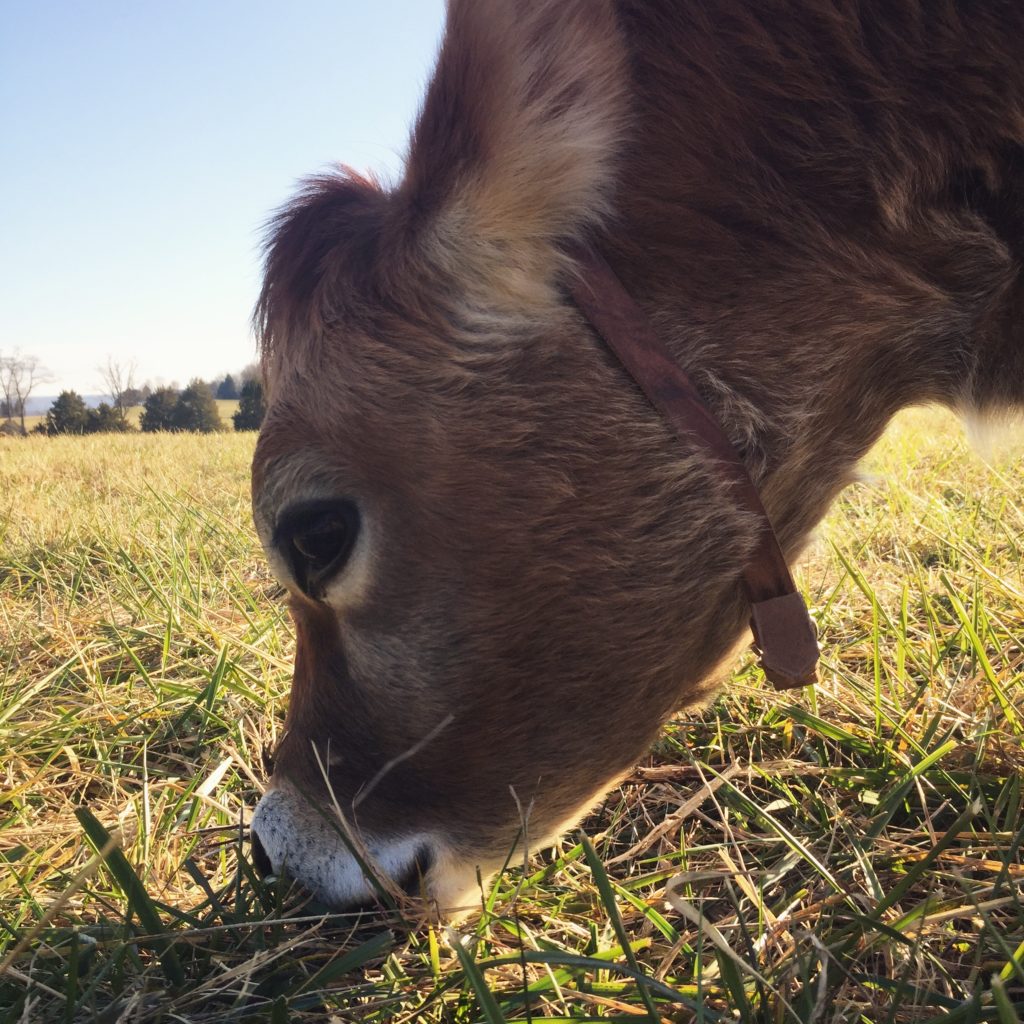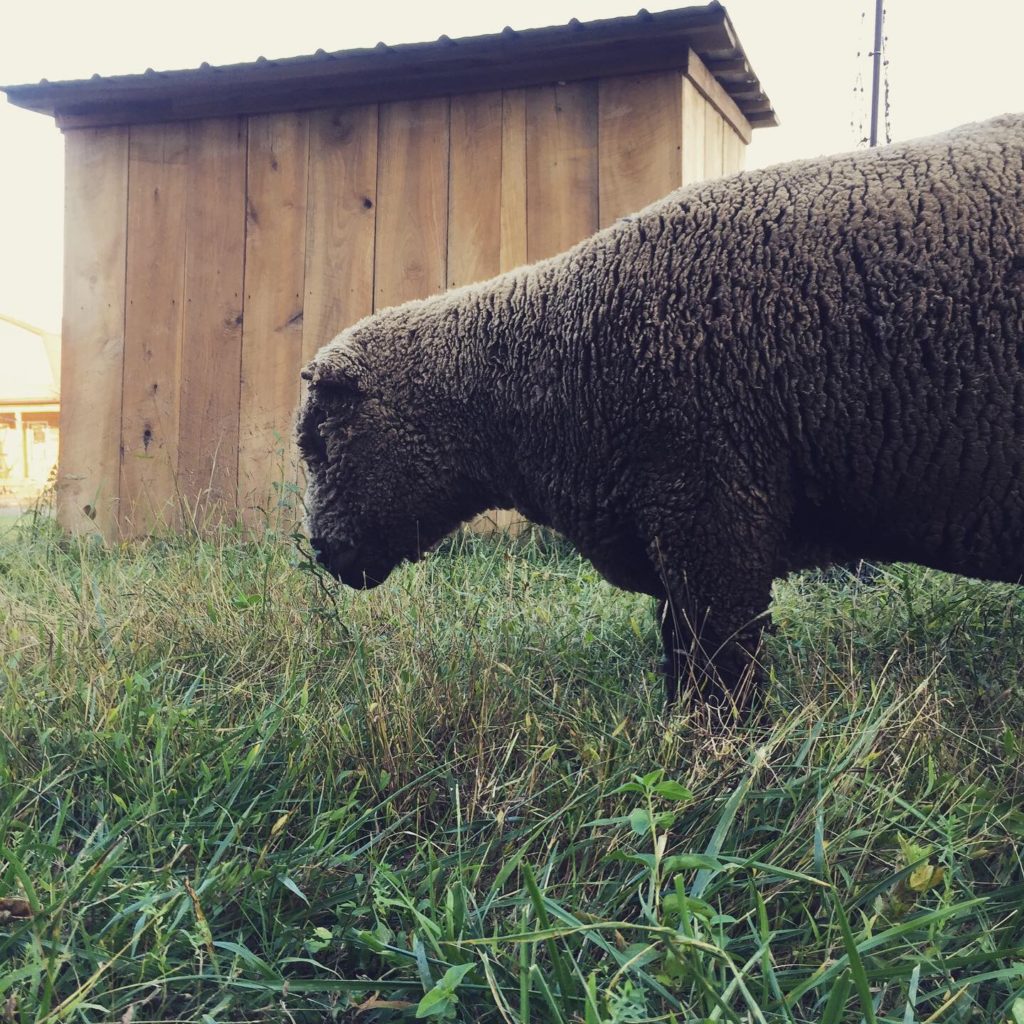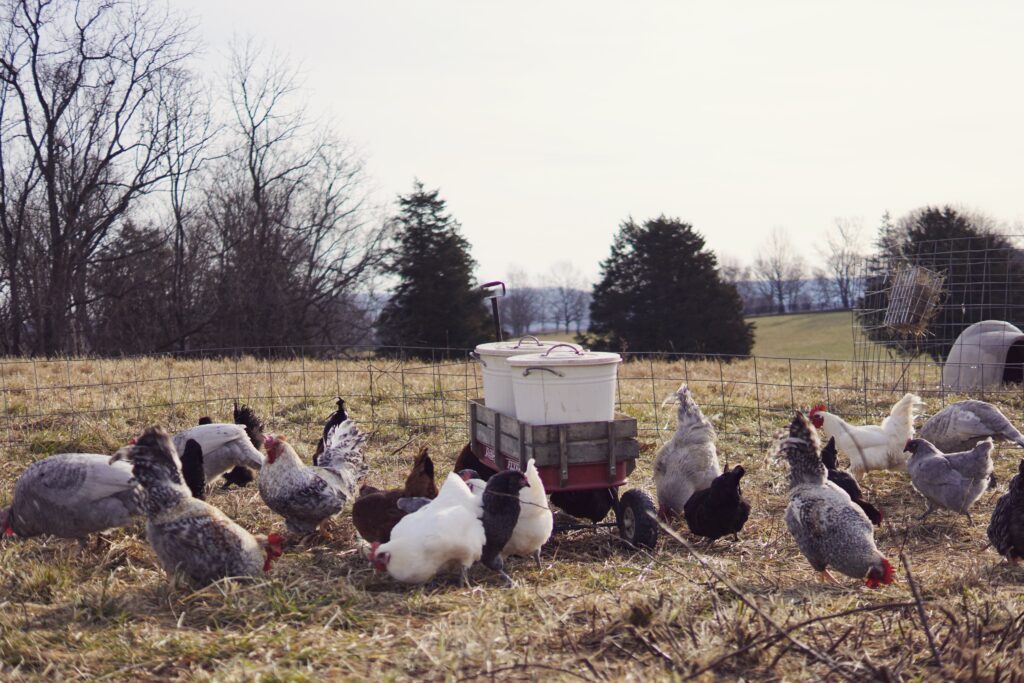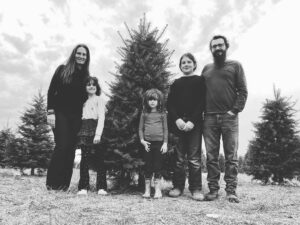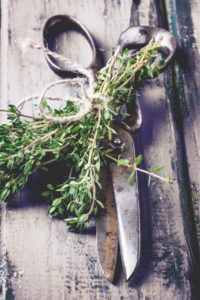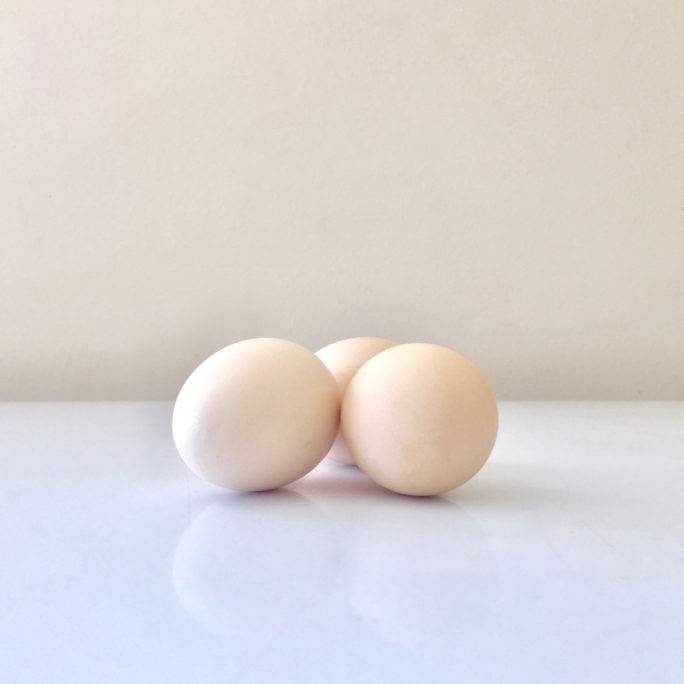Animals play a hugely important role in a well functioning permaculture system
On our farm we raise a variety of animals with the goal of meeting multiple needs and matching the animals to the resources available on our property as well as our personal preferences (we want to take joy in our animals!). Wherever there are animals, people must visit daily (or multiple times daily) in order to ensure the well being of the animals. Because of this, any part of the land that may be placed lower on the priority list is immediately brought up to the top.
Animals require daily attention in a way that is much more demanding than, for example, plants. When a plant dies […] it is a tragedy. However when an animal dies, it is often felt that much more intensely by many. We tend not to want to allow animal death to occur through neglect and as such any animals within a permaculture system are immediately going to draw extra attention to the area in which they inhabit.
Excerpt from “Permaculture Animals as a Discipline to the System” by Damien Bohler
Some benefits of leader-follower multi-species rotational grazing, with cows, sheep, goats and chickens
Using a multi-species, leader-follower rotational grazing system with the right type, number and variety of animals creates a multitude of beneficial relationships among all the plants, animals and people in the system. Location and movement of animals through a system can accelerate the improvement of soil and help move the system to a healthier, mature state significantly more quickly than would be possible without the use of animals. Animals naturally do useful work. We humans can direct that work and everyone can reap the rewards.
Grazing a pasture with more than one species of animal offers a mix of different dietary preferences and grazing behaviors, resulting in better ecological balance among plant species. The same amount of land can feed more animals because it begins producing higher quality grasses and more plant matter per acre
- Cattle have the highest nutritional needs and lead in a pasture, eating the taller, courser grass while leaving behind waste that sequesters carbon into the soil
- Sheep (and/or goats) follow cattle to mow the grass lower, graze the grass that is adjacent to cow manure (which cows avoid) and eat different plants. Sheep prefer forbs, shorter annual grasses and weedy species; and goats browse brush and trees
- If utilizing a pasture with a higher percentage of weeds or plants that are toxic to cattle, cattle can be the follower instead of the leader and safely graze an area that otherwise could cause them harm or death
- Chickens follow sheep (and/or goats) to eat insects, seeds, insect larvae in manure and manure (cow manure makes greens more digestible to chickens). The chickens’ scratching spreads the cow manure and allows it to more evenly build soil
- Because gastrointestinal parasites from sheep (and goats) cannot survive in the stomach of cattle and vice versa, each species can decrease internal parasite loads of the other*
*The only exception we know of is Johnes, which we are very cautious about
Other jobs for ducks, turkeys and pigs
Coming soon!
This page is a work in progress. Please let us know in the comments if you have any ideas or questions for this page or if anything is unclear to you. Thank you!

